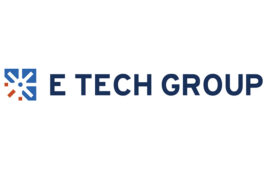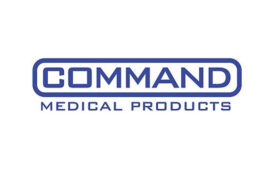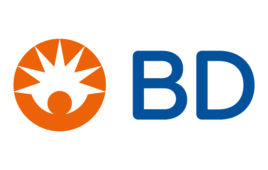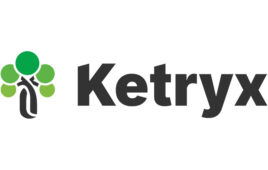Funding a medical technology company isn’t a simple job: Modern medical devices require cutting-edge innovation, research and design to make it to market. And don’t even get started on regulatory and reimbursement challenges.
The recession of the late 2000s, Affordable Care Act and changes to regulatory bodies and reimbursement requirements have changed the game for medical device startups seeking funding. More than ever, young companies need clear paths to avoid running out of money.In this new and shifting environment, more new medical device companies end up working around the traditional routes of venture capital funding to find alternative avenues to commercialization, looking to corporate partnerships, government grants, angel investors and foreign exchanges – focused all the while on keeping expenses as slim as possible.
“I’d characterize the environment by saying that there will be challenges, but also emerging opportunities, on both sides. You have companies still figuring out how the reimbursement world works today – and that is obviously changing. They’re figuring out how to get to market and their value once they’re in the market – which ultimately impacts the returns investors get,” Frank Jaskulke, VP of member services at the Medical Alley Association, told Medical Design & Outsourcing. The Minneapolis-based trade group represents the largest U.S. medtech cluster.
From an investor’s point of view, the environment is always full of other possibilities and opportunities, Jaskulke told us. That includes biotech, pharmaceuticals, the tech industry and a wealth of different industries to pursue as they look for a major return on their investments.
“There’s a lot of things that investors – who are thinking, ‘Where do I put my capital?’ – are very attracted to,” he explained. “The investors are working to make a return. They’re not scientists, they’re not necessarily involved because medtech will help people – that’s a great benefit of it, but they’re making returns for their partners.”
In the past, VCs were a go-to funding source – the most powerful arrow in an early-stage medtech company’s quiver. But times have changed. There has not been a quarter since 2013 in which seed- or early-stage medical device and equipment companies raised more than $100 million in venture capital; it’s been running at about $50 million a quarter recently, according to data from the MoneyTree report by PwC and CB Insights.
In response to these lower numbers and a constantly shifting regulatory, reimbursement and general healthcare environment, young companies are diversifying their incomes to stay competitive.
“I think it has always been just one arrow in the quiver; it was just the most prominent arrow before. But other sources of capital that also weren’t available some years ago are now also there,” Jaskulke said. “Now, instead of the option being VC or corporate, there’s VC, or corporate, or [angel investing], or private equity, or federal funding, or external public markets. So now they’ve got more arrows in that quiver.”
Newer companies are adapting by taking a more fluid approach, he added.
“If you were a startup and you started before the ACA passed, you had a set of assumptions about where the market would be, and then the ACA changed those – but you’d already started down the [prior] path,” Jaskulke said. “Now I’m seeing companies that started post-ACA, and they’re saying, ‘OK, I don’t know where the world’s going to end up, but I think I have a better idea of the direction it’s going, and I can better plan for that.’”
Here’s a pair of funding strategies that have grown especially popular in recent years, as startups adapted to the new fundraising reality:
Next>>
[Want to stay more on top of MDO content? Subscribe to our weekly e-newsletter.]








